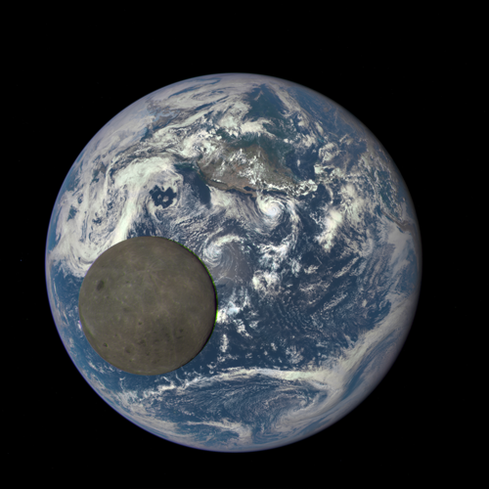NASA Tells Us Not To Panic Over AsteroidsNASA Tells Us Not To Panic Over Asteroids
NASA continues its public service of reminding us all not to panic over misleading reports of our impending doom.


10 NASA Images That Will Inspire You
10 NASA Images That Will Inspire You (Click image for larger view and slideshow.)
In between viral videos of Terminator-style rescue robots and iPad Pro rumors, you may have missed the hysteria roiling the Internet over our impeding doom following reports that an asteroid is due to strike the planet between Sept. 15 and 28.
The friendly scientists at NASA have taken some time off from decoding the volumes of data beamed back from their wildly successful New Horizons mission to Pluto to reassure us all that -- don't panic -- we're not in any real danger.
Those "reports" suggested that sometime in mid to late September, an asteroid would smash into the planet around Puerto Rico, causing wanton destruction to the Atlantic and Gulf coasts of the United States and Mexico, as well as Central and South America.
"There is no scientific basis -- not one shred of evidence -- that an asteroid or any other celestial object will impact Earth on those dates," Paul Chodas, manager of NASA's Near-Earth Object office at the Jet Propulsion Laboratory in Pasadena, California, wrote in a statement posted to the agency's website.
The release went on to clarify that all known "Potentially Hazardous Asteroids" have less than a 0.01% chance of impacting Earth in the next 100 years, suggesting fans of Armageddon and Deep Impact will have to wait awhile for their serving of disaster porn.
"If there were any object large enough to do that type of destruction in September, we would have seen something of it by now," Chodas stated.
This is actually the second time in as many months that the space agency has issued a statement concerning asteroids. On the last day in July, NASA released stunning video of a "Space Peanut" that passed by just 4.5 million miles from Earth -- about 19 times the distance from Earth to the moon.
Scientists used two giant, Earth-based radio telescopes to bounce radar signals off a passing asteroid and produce images of the peanut-shaped body as it approached close to our planet, which NASA said appears to be a contact binary -- an asteroid with two lobes that are stuck together.
The flyby was the closest approach the asteroid will make to Earth for about the next 40 years. The next time it will approach Earth this closely is in 2054, at approximately the same distance as July's (relatively) close encounter.
In case you needed additional reassurance, NASA reminded us all that it detects, tracks and characterizes asteroids and comets passing 30 million miles of Earth using both ground- and space-based telescopes.
The Near-Earth Object Observations Program, commonly called "Spaceguard," discovers these objects, characterizes the physical nature of a subset of them, and predicts their paths to determine if any could be potentially hazardous to our planet.
"There are no known credible impact threats to date -- only the continuous and harmless infall of meteoroids, tiny asteroids that burn up in the atmosphere," NASA reassuringly stated.
Now, everybody back to work and enjoy your weekend.
About the Author
You May Also Like






